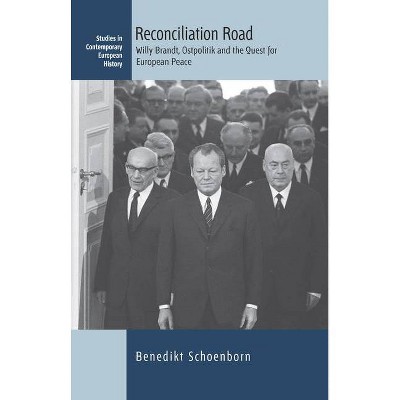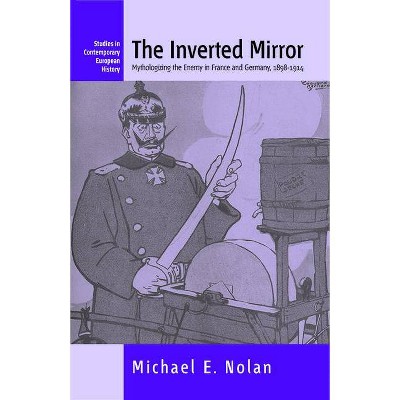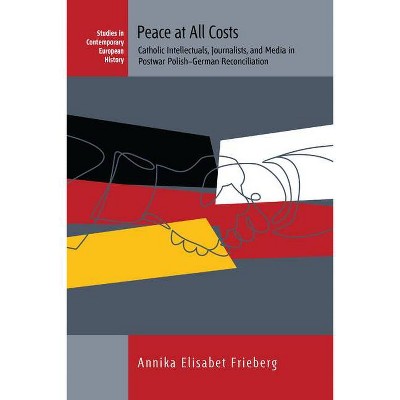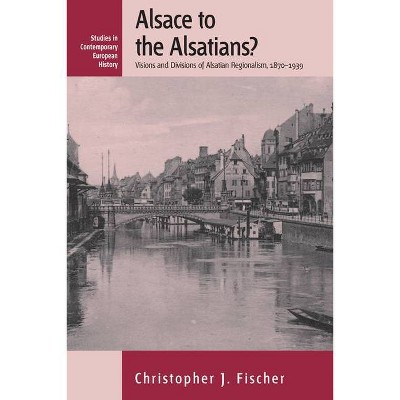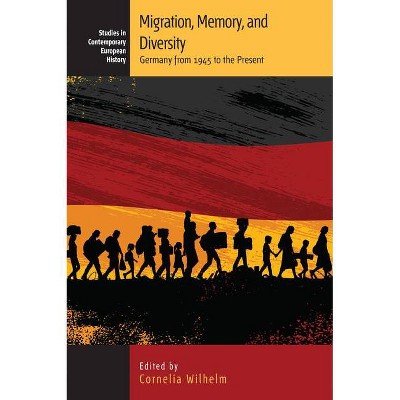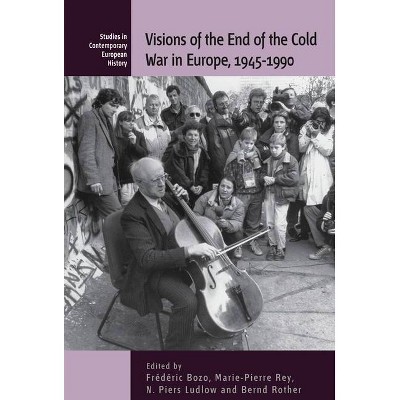Peripheries at the Centre - (Contemporary European History) by Machteld Venken (Hardcover)
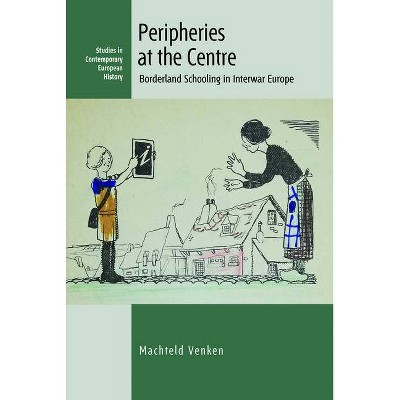
Similar Products
Products of same category from the store
AllProduct info
<p/><br></br><p><b> About the Book </b></p></br></br>"Following the Treaty of Versailles, European nation-states were faced with the challenge of instilling national loyalty in their new borderlands, in which fellow citizens often differed dramatically from one another along religious, linguistic, cultural, or ethnic lines. Peripheries at the Centre compares the experiences of schooling in Upper Silesia in Poland and Eupen, Sankt Vith, and Malmedy in Belgium - border regions detached from the German Empire after the First World War. It demonstrates how newly configured countries envisioned borderland schools and language learning as tools for realizing the imagined peaceful Europe that underscored the political geography of the interwar period"--<p/><br></br><p><b> Book Synopsis </b></p></br></br><p> Following the Treaty of Versailles, European nation-states were faced with the challenge of instilling national loyalty in their new borderlands, in which fellow citizens often differed dramatically from one another along religious, linguistic, cultural, or ethnic lines. <em>Peripheries at the Centre</em> compares the experiences of schooling in Upper Silesia in Poland and Eupen, Sankt Vith, and Malmedy in Belgium -- border regions detached from the German Empire after the First World War. It demonstrates how newly configured countries envisioned borderland schools and language learning as tools for realizing the imagined peaceful Europe that underscored the political geography of the interwar period.</p><p/><br></br><p><b> Review Quotes </b></p></br></br><br><p> <em>"</em>Peripheries at the Centre <em>shows how the international border settlements after the First World War worked (or did not work) on the ground. We learn how pupils, their parents, and their principals maneuvered through changing legal and administrative regimes, and how those regimes were often riven by contradictions and failures in their application. Venken's thought-provoking theses should interest scholars concerned with how international and national dynamics shape the everyday experiences, subjectivities, and scope of action for children in a variety of contested areas."</em> <strong>- Katherine Lebow</strong>, Oxford University</p> <p> <em>"</em>Peripheries at the Centre <em>is a notable intervention in social history and an innovative contribution to current historiographical debates. It offers a deep comparison of German peripheral regions after 1918 in Poland and Belgium, and it sets up a theoretically sophisticated European analysis of the limits and inadequacies of nationally framed reform pedagogy, giving voice to children's modernity."</em> <strong>- Steven Seegel</strong>, University of Northern Colorado</p><br><p/><br></br><p><b> About the Author </b></p></br></br><p> <strong>Machteld Venken</strong> is Professor of Contemporary Transnational History at the Centre for Contemporary and Digital History of the University of Luxembourg. She is the author of <em>Straddling the Iron Curtain? Immigrants, Immigrant Organisations, War Memories</em> (2011) and editor of <em>The Dissolution of the Austro-Hungarian Monarchy: Border-Making and Its Consequences</em> (2020).</p>
Price History
Cheapest price in the interval: 130.99 on October 22, 2021
Most expensive price in the interval: 130.99 on November 8, 2021
Price Archive shows prices from various stores, lets you see history and find the cheapest. There is no actual sale on the website. For all support, inquiry and suggestion messagescommunication@pricearchive.us
